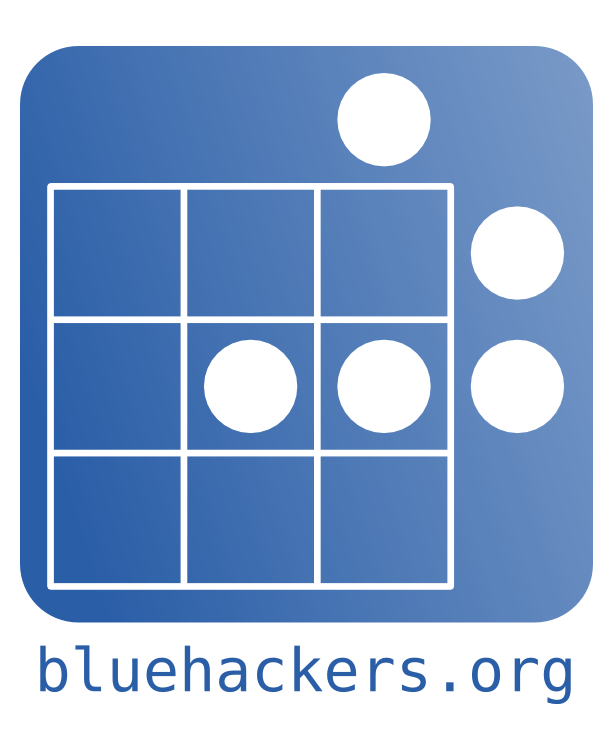Neuro-divergence, encompassing conditions such as autism spectrum, ADHD, and sensory processing, can profoundly influence how individuals perceive and respond to their bodily signals.
While neurotypical individuals generally recognise and respond to hunger, thirst, and satiety cues with relative ease, neuro-divergent individuals often face unique challenges in this area. Understanding these challenges is crucial for fostering empathy and supporting effective strategies for well-being.
This article is written so it is directly readable and useful (in terms of providing action items) for people in your immediate surroundings, but naturally it can be directly applied by neuro-spicy people themselves!
Hunger and Thirst Cues
For many neuro-divergent people, recognising hunger and thirst cues can be a complex task. These signals, which manifest as subtle physiological changes, might not be as easily identifiable or may be misinterpreted.
For instance, someone on the spectrum might not feel hunger as a straightforward sensation in the stomach but instead experience it as irritability or a headache. Similarly, those with ADHD may become so hyper-focused on tasks that they overlook or ignore feelings of hunger and thirst entirely.
Sensory Processing and Signal Translation
Sensory processing issues can further complicate the interpretation of bodily signals. Neuro-divergent individuals often experience heightened or diminished sensory perception.
This variability means that sensations like hunger pangs or a dry mouth might be either too intense to ignore or too faint to detect. The result is a disconnection from the body’s natural cues, leading to irregular eating and drinking habits.
Satiety and Fullness
Recognising satiety and fullness presents another layer of difficulty. For neuro-divergent individuals, the brain-gut communication pathway might not function in a typical manner.
This miscommunication can lead to difficulties in knowing when to stop eating, either due to a delayed recognition of fullness or because the sensory experience of eating (such as the textures and flavours of food) becomes a primary focus rather than the physiological need.
Emotional and Cognitive Influences
Emotions and cognitive patterns also play significant roles. Anxiety, a common experience among neuro-divergent individuals, can mask hunger or thirst cues, making it harder to recognise and respond appropriately.
Additionally, rigid thinking patterns or routines, often seen with autism spectrum, might dictate eating schedules and behaviours more than actual bodily needs.
Strategies for Support
Understanding these challenges opens the door to effective strategies and support mechanisms:
- Routine and structure: Establishing regular eating and drinking schedules can help bypass the need to rely on internal cues. Setting alarms or reminders can ensure that meals and hydration are not overlooked.
- Mindful eating practices: Encouraging mindful eating, where individuals pay close attention to the sensory experiences of eating and drinking, can help in recognising subtle signals of hunger and fullness.
- Sensory-friendly options: Offering foods and beverages that align with an individual’s sensory preferences can make the experience of eating and drinking more enjoyable and less overwhelming. This is a really important aspect!
- Environmental adjustments: Creating a calm, distraction-free eating environment can help individuals focus more on their bodily cues rather than external stimuli.
- Education and awareness: Educating neuro-divergent individuals about the importance of regular nourishment and hydration, and how their unique experiences might affect this, can empower them to develop healthier habits. This is, of course, more a longer term strategy.
Understanding the complex interplay between neuro-divergence and bodily signals underscores the importance of personalised approaches and compassionate support.
By acknowledging and addressing these challenges, we can help neuro-divergent individuals achieve better health and well-being!


 Janet Hawtin Reid (@lucychili) sadly passed away last week.
Janet Hawtin Reid (@lucychili) sadly passed away last week. I knew Janet as a thoughtful person, with strong opinions particularly on openness and inclusion. And as an artist and generally creative individual, a lover of nature. In recent years I’ve also seen her produce the most awesome knitted Moomins.
I knew Janet as a thoughtful person, with strong opinions particularly on openness and inclusion. And as an artist and generally creative individual, a lover of nature. In recent years I’ve also seen her produce the most awesome knitted Moomins.


